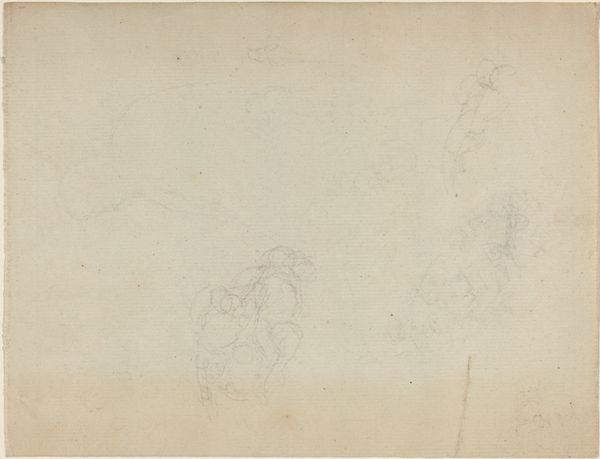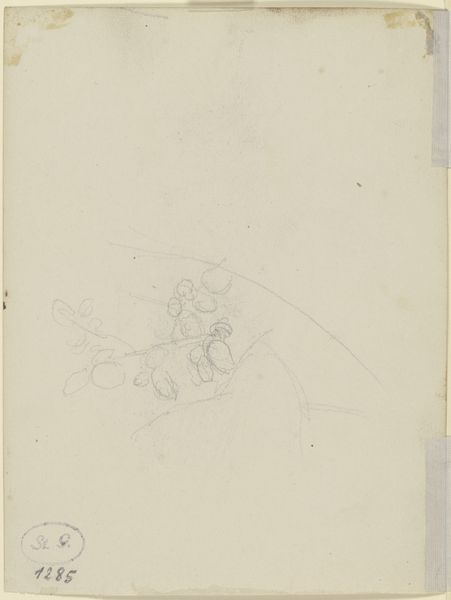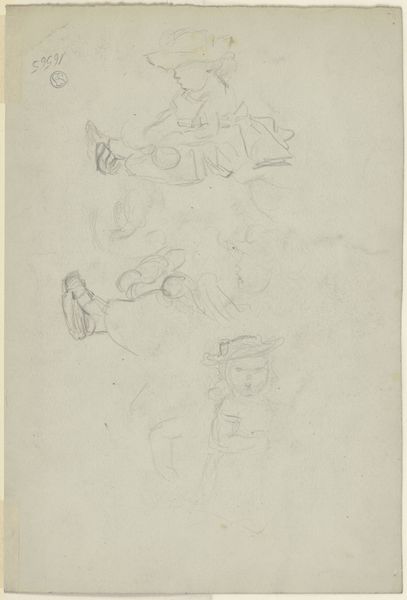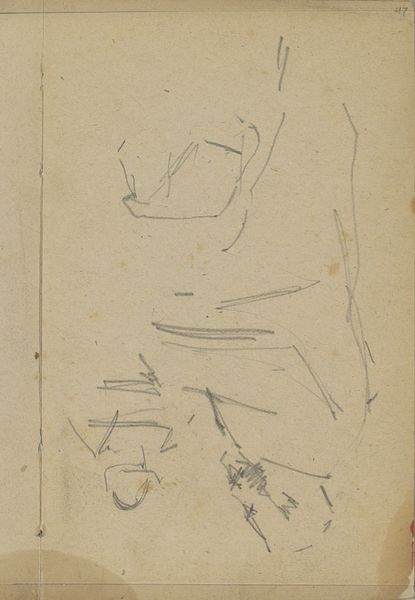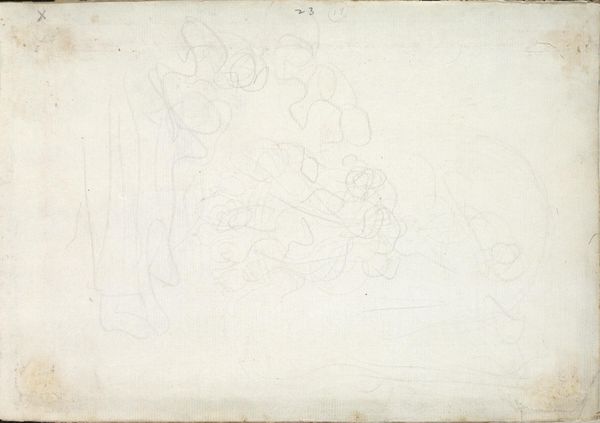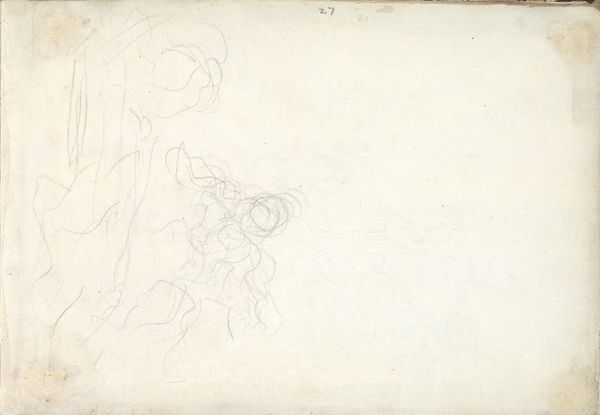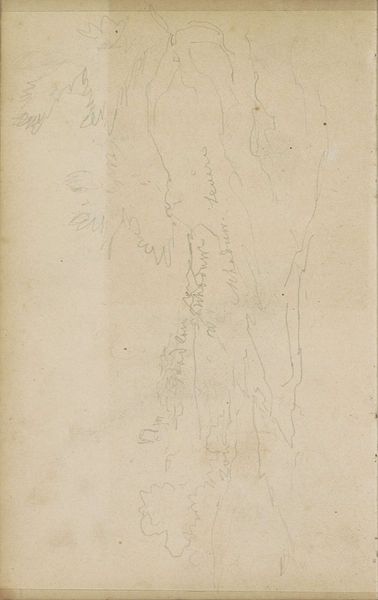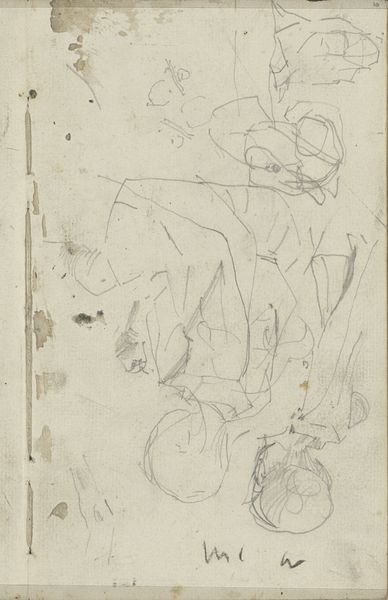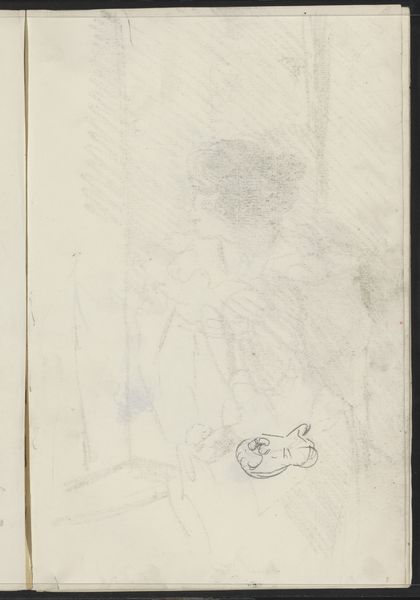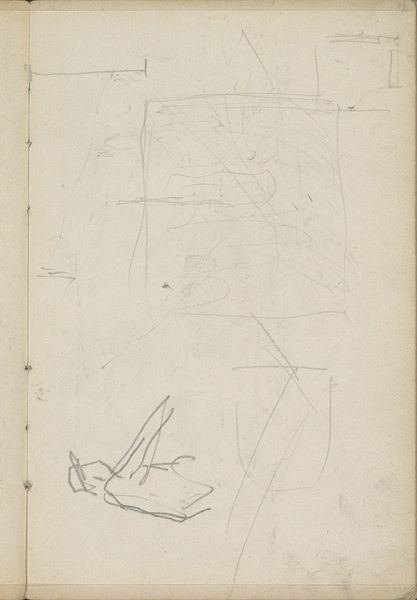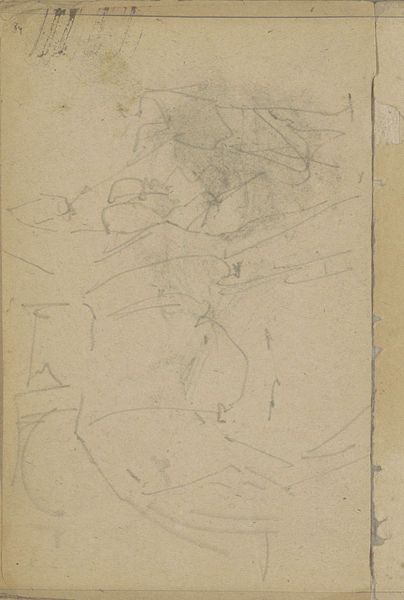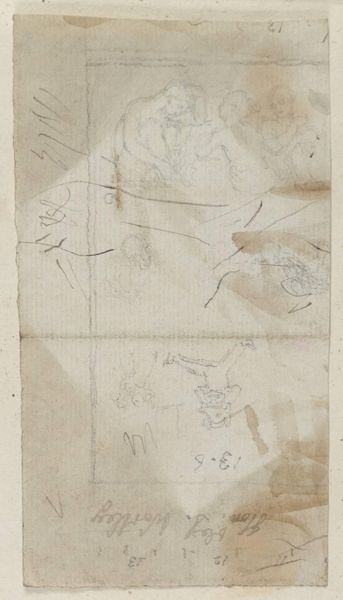
drawing, pencil, charcoal
#
drawing
#
animal
#
figuration
#
romanticism
#
pencil
#
charcoal
Copyright: Public Domain: Artvee
Théodore Géricault made this study of a lion’s head and hind legs with graphite on paper sometime in the early 19th century. Graphite, especially in powdered form, was essential to the industrialized production of cast iron. As an art material, it was relatively new at this time and offered a clean alternative to the more cumbersome techniques of charcoal or chalk. Here, Géricault uses it to capture the essence of the lion’s form with quick, gestural marks, achieving a sense of the animal's strength and potential energy. The immediacy of the medium allowed artists like Géricault to rapidly explore ideas and compositions. This particular drawing may have been preparation for a larger painting or sculpture. The ease with which graphite renders form reflects a broader shift towards efficiency and mass production during the Industrial Revolution. The way Géricault utilizes graphite resonates with a society embracing the speed and reproducibility of the machine age. The subtleties inherent in the craft are often overlooked but provide a crucial lens through which we can understand the artist’s world.
Comments
No comments
Be the first to comment and join the conversation on the ultimate creative platform.
